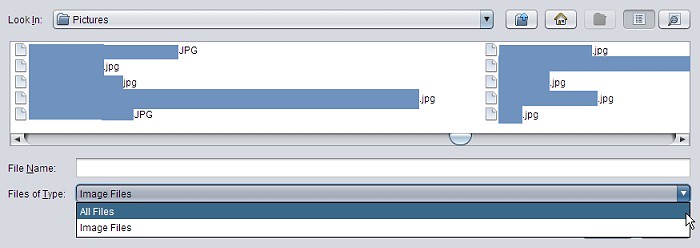Clarity,
Office 17622,
PO Box 6945,
London.
W1A 6US
United Kingdom
Phone/ Voicemail:
+44 (0)20 3287 3053 (UK)
+1 (561) 459-4758 (US).

 Just prefixing titles with 'Y:', 'D:', 'S:' or 'G:' will be enough.
Just prefixing titles with 'Y:', 'D:', 'S:' or 'G:' will be enough.
 : there's a really easy way to avoid this.
: there's a really easy way to avoid this.
alan_sp mentioned that since the Entry Type dropdown list is in alphabetical order, you have to scroll in order to click on Yijing Reading, which is last in the list.
[...]
Click once on the down arrow to open the dropdown list - then type a "y" - and press the enter key
Just to mention, searches usually search for certain string within whole text, not just from the beginning.
You could put date stamp, as well as day stamp wherever you want, search should find it within text. If not, Justin should easily change search behavior that it looks for search string within whole entry text.
Tag searches in "Tag Db List" give users the options of "tag starts with..." and "tag contains...".
This was really meant to be much simpler, trivial even, something we can do for ourselves with what we already have. (If anyone even wants to - I did it yesterday, and it seems like it might be good information, but time will tell how much I / we continue to use it.)
A problem with "find it anywhere in the entry text box" - I think, unless I'm misunderstanding? - is that it would literally do just that. How would it distinguish between things meant to be date stamps, and other mentions of dates or days? You couldn't specify a date stamp with just "bracket followed by year followed by dash" if it would find any instance of any of those pieces. At least (I think?) not without implementing regular-expression-type-stuff, which, aside from the work for Justin, has a large learning curve for users and would anyone take the time.
By the way, do you use a text expander? I have Breevy, and it's tremendously useful.
 , yin pattern 14 is "only line 5 moving."
, yin pattern 14 is "only line 5 moving." (yang pattern 8) gives the same result.
(yang pattern 8) gives the same result. in the hexagrams box and check off yin pattern (or 55
in the hexagrams box and check off yin pattern (or 55  as yang pattern), the results will be any reading whose primary hexagram starts with "6" and has lines 1, 3, and 4 moving. 6.1.3.4 > 9; 61.1.3.4 > 44, 60.1.3.4 > 28, and so forth.
as yang pattern), the results will be any reading whose primary hexagram starts with "6" and has lines 1, 3, and 4 moving. 6.1.3.4 > 9; 61.1.3.4 > 44, 60.1.3.4 > 28, and so forth.Clarity,
Office 17622,
PO Box 6945,
London.
W1A 6US
United Kingdom
Phone/ Voicemail:
+44 (0)20 3287 3053 (UK)
+1 (561) 459-4758 (US).